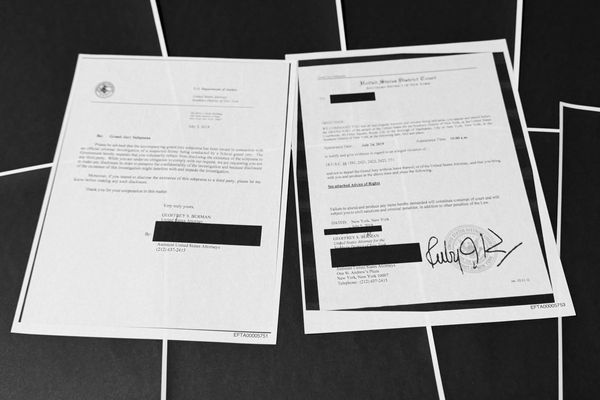Last month, it was reported that one-third of the world's shark and ray species are now threatened with extinction… which is heartbreaking if you realize that the first comprehensive global review of trade in sharks and rays was only produced by TRAFFIC in 1996. A leading non-governmental organization working globally on trade in wild animals and plants in the context of both biodiversity conservation and sustainable development, TRAFFIC revealed a lack of fisheries management and monitoring.
Today, we are at a breaking point… what will become of elasmobranchs (sharks, skates, and rays) if we don’t do anything?

So, it should be no surprise that status of sharks and their relatives was discussed at a recent World Fisheries Congress in Adelaide, Australia. TRAFFIC believes they have an answer to give sharks a fighting chance: SharkTrace. “Knowing when, where, how and who caught a shark product and every part of its journey to the consumer is vital to halt the free-fall decline in shark and ray populations, but there has been no dedicated trade-based mechanism to identify shark products from legal sources... until now,” said Glenn Sant, TRAFFIC’s Senior Advisor – Fisheries trade. SharkTrace is “a tool that uses technology to trace species from capture to consumption.” At first glance it seems not only user-friendly but cost-effective, designed specifically for use onboard fishing vessels, processing plants, and transport to ensure transparency throughout the supply chain.
“Ensuring shark and ray products derive from sustainable and legal sources is the responsibility of fishers, managers, traders, consumers and governments. SharkTrace will support legitimate traders to demonstrate that their products are legal and meet CITES regulations. Positively identifying these legal products will also help expose illegal catch taken from poorly managed fisheries,” added Sant. Despite the COVID pandemic, TRAFFIC was able to successfully trial SharkTrace onboard fishing vessels and shark meat processing plants in a busy Australian fishery. Along with support from Shark Conservation Fund, Fishwell Consulting and OLSPS Group, TRAFFIC hopes to have further at-sea trials across Asia and Africa while working with industry and governments to adopt SharkTrace to assist their management of shark and ray fisheries and trade.

“Governments could be taking advantage of where traceability systems are being developed for shark and rays, introducing such systems as a backbone to better monitoring, assuring compliance with management measures and a general heightened level of transparency within the trade of shark and ray products,” said Dr. Nicholas Dulvy, Professor at Simon Fraser University who advises on the International Union for Conservation of Nature (IUCN) Shark Specialist Group (SSG) assessments.
TRAFFIC hopes that the app will be used by all of those who rely on the ocean: fishers, seafood traders, governments, and consumers. “We want to see a world where wildlife trade is sustainably managed, maintains healthy populations, contributes to development and helps motivate commitments to conserve wild species and habitats,” explains TRAFFIC Executive Director Rick Scobey.
This app is just the latest of resources that TRAFFIC has in an effort to enhance traceability and sustainability in the shark trade, joining the ranks of Detect IT: Fish (an online tool to help global Customs and enforcement agencies better detect illegal trade in fish) and the first-ever 3D-printed shark fins to help with identification. “International customs officials face the massive challenge of identifying and intercepting illegal shark fins in trade. So, we devised a revolutionary training approach to help out,” explains the TRAFFIC website. “The replica fins represent a dozen regularly traded sharks, eleven of them CITES-listed species, including Great Hammerhead, Oceanic Whitetip, and Silky sharks, created from 3D scans of real dried shark fins.”
To learn more about TRAFFIC and the ongoing shark work, visit their website.







